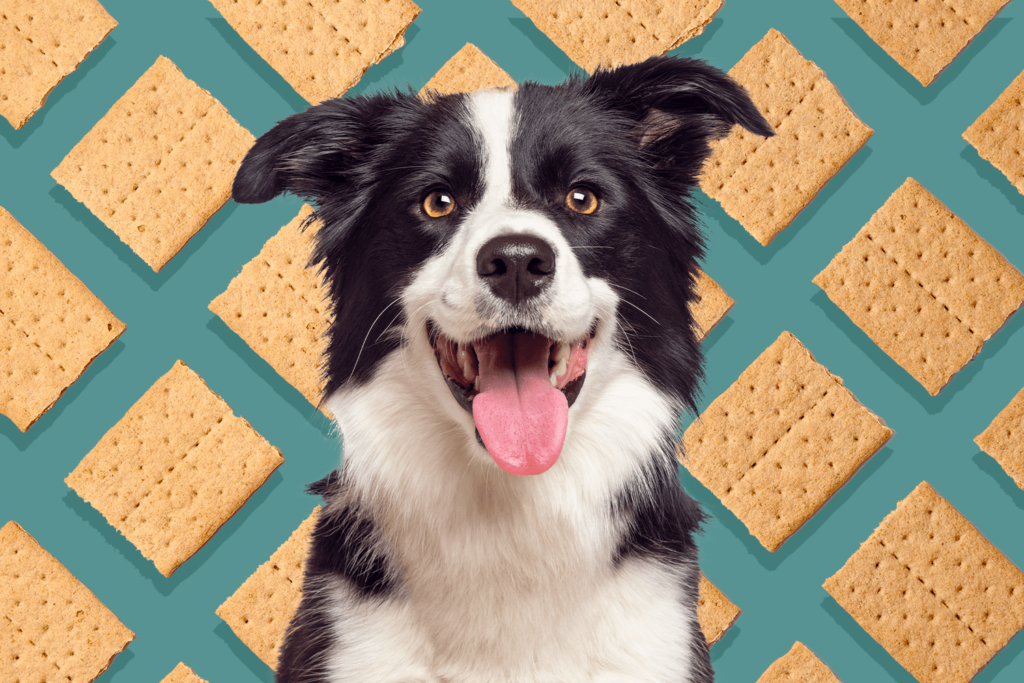
As a loving pet owner, you want to make sure that your furry friend is eating a safe and healthy diet. You may be wondering if it’s safe to share a tasty treat like graham crackers with your dog. In this article, we will explore whether dogs can consume graham crackers and discuss the potential risks and considerations associated with feeding them to your canine companion.
- Ingredient Analysis: Graham crackers are typically made from a combination of whole wheat flour, sugar, and various flavorings. Let’s examine the key ingredients and their potential impact on dogs:
- Whole Wheat Flour: Dogs can tolerate small amounts of whole wheat flour, which is a common ingredient in many dog treats. However, it’s important to note that some dogs may be sensitive or allergic to wheat. If your dog has known wheat allergies or sensitivities, it’s best to avoid feeding them graham crackers.
- Sugar Content: Graham crackers often contain added sugars, which can lead to weight gain, dental issues, and other health concerns if consumed in excess. Too much sugar can also disrupt a dog’s blood sugar levels and contribute to the development of conditions like diabetes. Therefore, it’s advisable to limit or avoid giving graham crackers to your dog.
- Nutritional Imbalance:
- While graham crackers may seem like a harmless snack, they lack the necessary nutrients for a balanced dog diet. Dogs require specific nutritional components to support their overall health, including proteins, fats, vitamins, and minerals. Feeding graham crackers as a regular part of your dog’s diet could lead to nutritional imbalances.
- Safer Alternatives:
- Dog-Friendly Treats: It’s always best to opt for treats specifically formulated for dogs. Many pet stores offer a wide range of dog treats made with safe and healthy ingredients. Look for treats that are low in sugar, free from artificial additives, and meet your dog’s dietary needs.
- Natural Snacks: If you’re looking for alternative snack options, consider providing your dog with safe, natural snacks. Options like carrot sticks, apple slices (without seeds or core), or small pieces of cooked, unseasoned meat can be healthier choices for your furry friend.
- Individual Considerations:
- Allergies and Sensitivities: It’s essential to be aware of any specific allergies or sensitivities your dog may have before introducing new foods. If your dog has a known allergy to wheat or gluten, graham crackers should be avoided.
- Portion Control: If you decide to offer your dog a small piece of graham cracker as an occasional treat, be mindful of portion sizes. Remember that treats should only constitute a small portion of your dog’s overall daily calorie intake.
While graham crackers may be enjoyed by humans, they are not an ideal treat for dogs. The high sugar content and lack of essential nutrients make them a less suitable choice for your canine companion. Opting for dog-specific treats or natural snacks that meet your dog’s nutritional needs is a healthier option. As always, consult with your veterinarian before introducing any new foods into your dog’s diet, especially if you have concerns about allergies or sensitivities. Prioritizing a well-balanced, species-appropriate diet is crucial for your dog’s overall health and well-being.